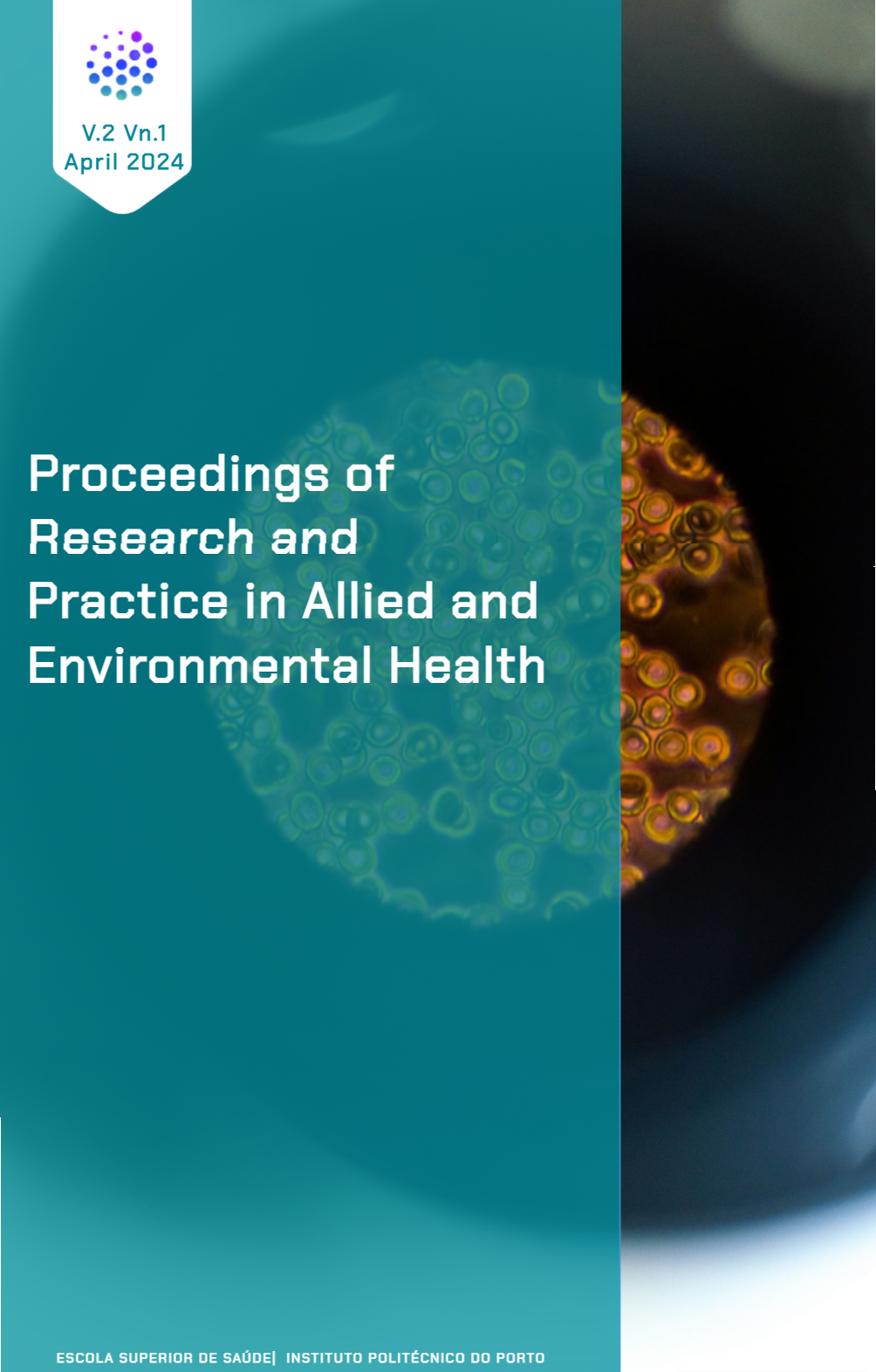Resumo
Introduction: Squamous cell carcinoma (SCC) of the penis is a rare but devastating neoplasm for the patient. Human Papillomavirus (HPV) infection can induce penile carcinogenesis and may contribute to 30 to 50% of penile cancer (PeCa) cases. The overexpression of P16INK4a can be used as a surrogate marker for active HPV infections, although the correlation between HPV infection in PeCa still is controversial. Ki-67 is a cell proliferation marker and disease aggressiveness. Aim: Our aim was to evaluate the expression and prevalence of P16INK4a and Ki-67 in PeCa and its correlation with disease prognosis. Methods: A retrospective study was conducted from 2010 to 2020, including 48 patients with PECa. Immunohistochemical analysis of P16INK4a and Ki-67 was performed from paraffin-embedded tissues. Results: We observed 12 cases (25%) PeCa with P16INK4a positive expression. The expression of P16INK4a was not associated with any histological characteristics, except the AJCC stage and the Ki-67 expression. A high Ki-67 expression was identified in P16INK4a positive patients, and a higher survival rate was observed in patients with low Ki-67 expression. The multivariate cox progression analysis showed that only stage N and age were significant predictors of SCC. We observed also a significant high number of penectomies, and deaths associated to PeCa. Conclusion: Our study showed a lower incidence of HPV compared to what is described in the literature. A correlation between Ki-67 and P16INK4a and a cell cycle deregulation mediated by high-grade HPV infection was confirmed. Overexpression of Ki-67 contributes to the prognosis of PeCa patients.
Referências
[ [1] Sung H, Ferlay J, Siegel RL, Laversanne M, Soerjomataram I, Jemal A, et al. Global Cancer Statistics 2020: GLOBOCAN Estimates of Incidence and Mortality Worldwide for 36 Cancers in 185 Countries. CA Cancer J Clin. 2021;71(3):209–49.
Bray F, Ferlay J, Soerjomataram I, Siegel RL, Torre LA, Jemal A. Global cancer statistics 2018: GLOBOCAN estimates of incidence and mortality worldwide for 36 cancers in 185 countries. CA Cancer J Clin. 2018;68(6):394–424.
Mattiuzzi C, Lippi G. Current Cancer Epidemiology glossary. J Epidemiol Glob Health. 2019;9(4):217–22.
Martínez-Bailón C, Mantilla-Morales A, Méndez-Matías G, Alvarado-Cabrero I, Maldonado-Rodríguez R, Quintero-Becerra J, et al. Human papillomavirus genotypes and P16INK4A expression in squamous penile carcinoma in Mexican patients. BMC Infect Dis [Internet]. 2019 Dec 19;19(1):1068. Available from: https://bmcinfectdis.biomedcentral.com/articles/10.1186/s12879-019-4696-6
. Akers C, Holden F. Treatments for Penile Cancer. Br J Nurs. 2020;29(9):1–7.

Este trabalho encontra-se publicado com a Licença Internacional Creative Commons Atribuição-NãoComercial-SemDerivações 4.0.
Direitos de Autor (c) 2024 Fernando Mendes, Marisa Vilela, Edgar Tavares Silva, Vasco Quaresma, Rui Almeida, Maria Fátima Silva, Paulo Teixeira, Diana Martins, Fernando Mendes

